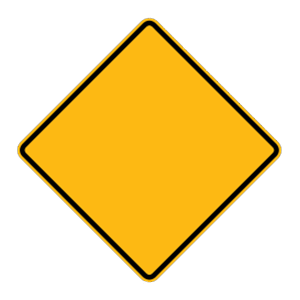2026 Oklahoma Permit Test 13
The following questions are from real DMV written tests. These are some of the actual permit questions you will face in Oklahoma. Each permit practice test question has three answer choices. Select one answer for each question and select "grade this section." You can find this button at the bottom of the drivers license quiz. For a complete list of questions and answers for Oklahoma please visit https://cheat-sheets.dmv-written-test.com/en/oklahoma/car.
Number of Tests
Number of Question
Passing Score
1. Nighttime is the safest time for cyclists to ride their bikes.
Explanation
A bicycle is difficult to see in the dark, even when the cyclist is wearing a proper headlight and reflector. Both motorists and bicyclists should be especially alert when driving at night in order to prevent dangerous collisions.
2. To help others see you when daylight begins to fade, you should use your:
Explanation
As daylight begins to fade, turn on your low beams to help others see you. Only use your high beam headlights in an open area where no other drivers are present.
3. A motorist making a left turn at an intersection must yield the right-of-way to a bicyclist entering the intersection from the opposite direction.
Explanation
When turning left at an intersection, you must yield to oncoming bicycles in the same manner that you would yield to oncoming motor vehicles. Keep your wheels straight while waiting to turn and proceed when the way is clear of traffic and pedestrians.
4. A diamond-shaped sign means:

Explanation
Diamond-shaped signs are used to warn drivers of special conditions or hazards ahead. They are typically yellow or orange in color.
5. A solid yellow line next to a broken yellow line means that vehicles:
Explanation
Yellow lines separate lanes of traffic moving in opposite directions. A broken yellow line next to your driving lane means that you may pass.
6. On a green arrow, you must:
Explanation
A green arrow means "go." You must turn in the direction the arrow is pointing after you yield to any vehicles, bicycles, or pedestrians who are still in the intersection.
7. When two vehicles arrive to an intersection at the same time, which one has the right-of-way when no signs or signals indicate rules?
Explanation
